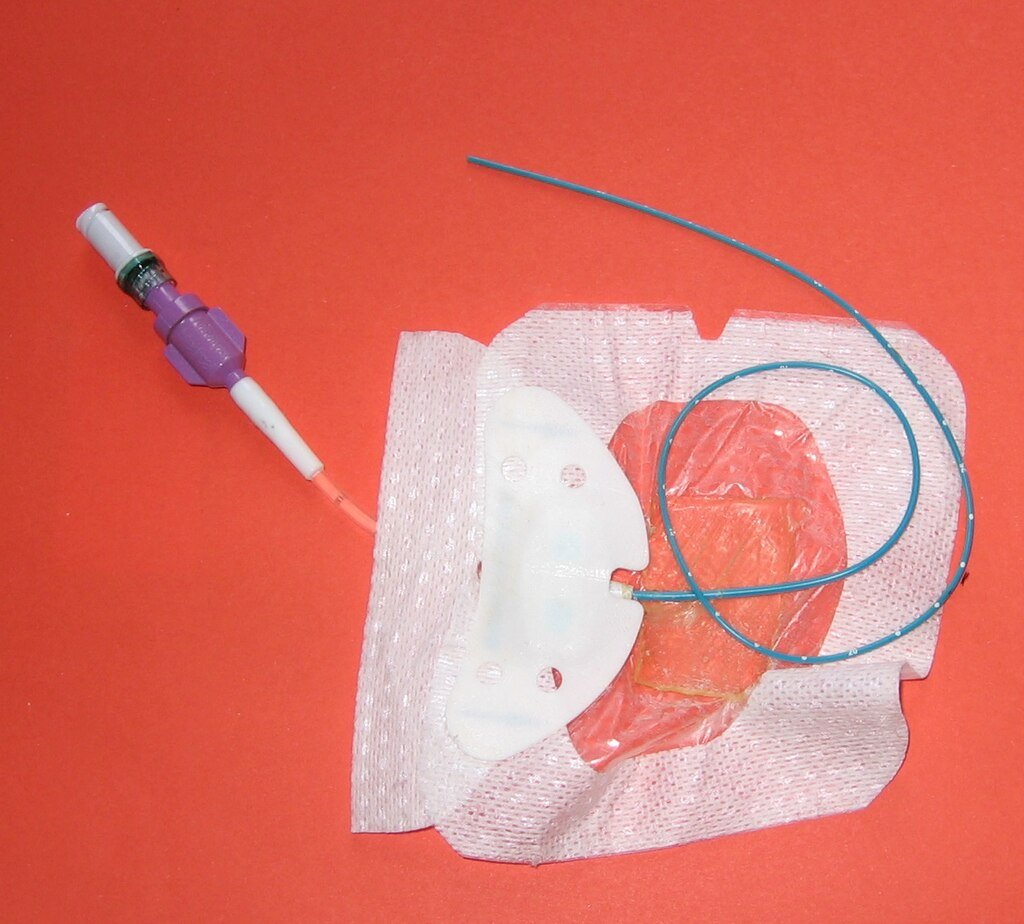Assuming these materials were inert and safe, hospitals have for decades depended on medical plastics used in everything from sutures to catheters. Unbelievably, though, some of the worst superbugs are eating rather than merely colonizing these devices. Researchers have found a strain of the well-known hospital pathogen Pseudomonas aeruginosa that generates an enzyme able to break down polycaprolactone (PCL), a widely used medical plastic. Worse, the bacteria strengthen their biofilms using the broken-down plastic, which complicates treatment of infections. This result challenges accepted wisdom regarding medical device safety and begs serious concerns: Could plastic-digesting bacteria lurk in your IV line? And how does this affect the direction implantable technologies will take?
The Superbug That Feasts on Medical Plastic
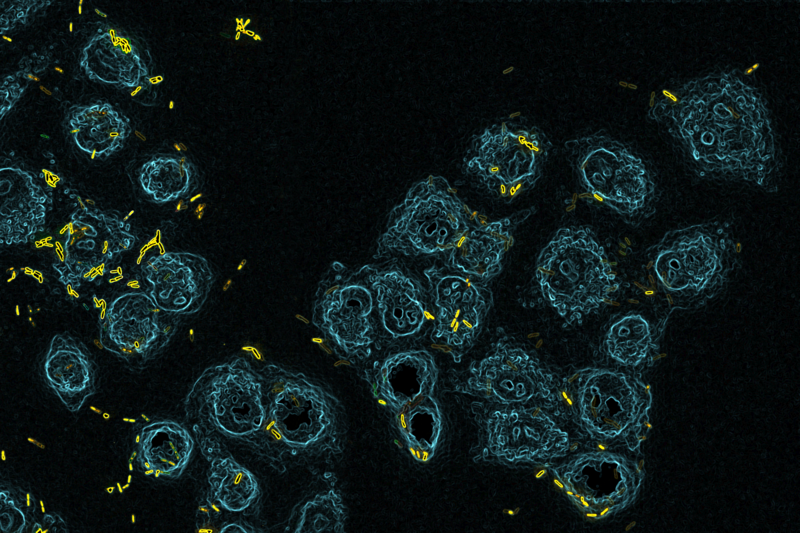
A recent study from Brunel University London exposed a disturbing survival strategy in Pseudomonas aeruginosa, a bacterium responsible for thousands of fatal hospital infections annually. The strain, isolated from a patient’s wound, secretes an enzyme called Pap1 that degrades 78% of PCL within just seven days 28. PCL is widely used in dissolvable sutures, wound dressings, and drug-delivery implants meaning this bacterium could literally dissolve parts of the medical devices meant to heal patients.
What’s more alarming? The bacteria don’t just break down plastic, they use it as food. In lab tests, P. aeruginosa thrived on PCL as its sole carbon source, suggesting that medical plastics may be fueling outbreaks in ways we never anticipated.
Biofilms: The Plastic-Fortified Shield Making Infections Untreatable
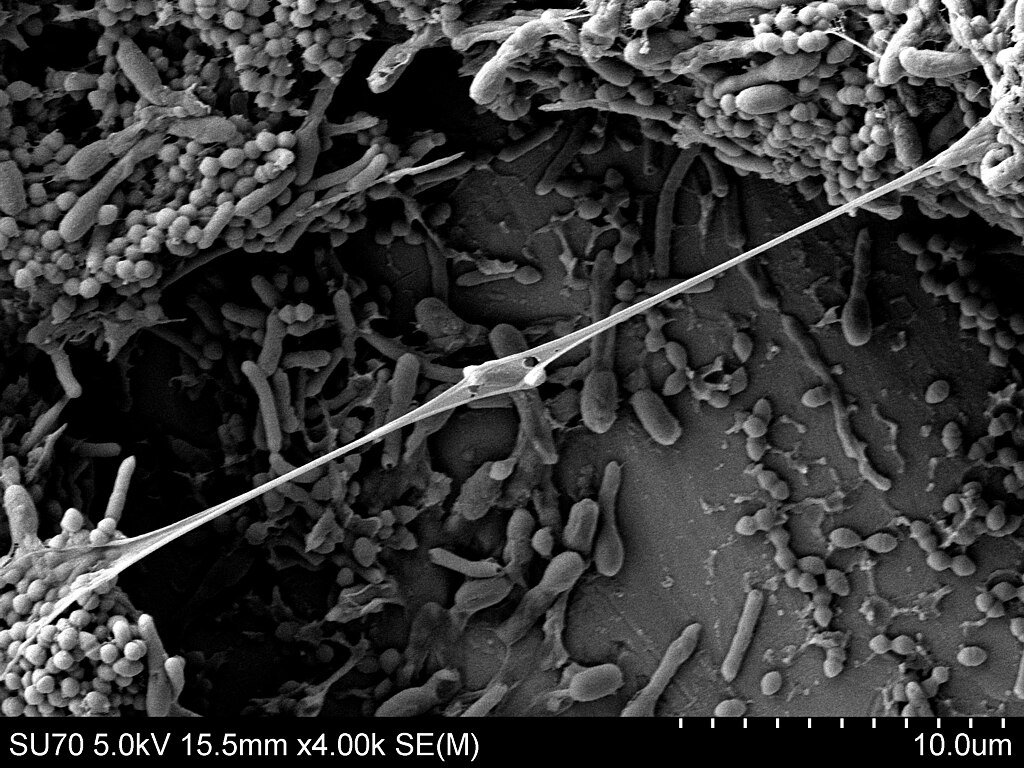
Biofilms that are sticky bacteria that are resistant to antibiotics are a major problem to manage infections. However, this study revealed that P. Aeruginosa integrates broken down plastic fragments in the biofilm matrix. This makes these biofilms 85% stronger and more durable.
- More powerful defenses : Biofilms function as it’s a “plastic-reinforced fortress,” shielding bacteria from immune cells as well as drugs.
- Greater Virulence: In wax moth larvae (a model of infection) The bacteria that were exposed to plastics led to greater mortality rates.
- Hidden Colonization: The degrading of plastic creates tiny pits in devices, which allow bacteria to create hidden spaces to evade detection.
This may explain why certain infections contracted in hospitals persist despite vigorous sterilization strategies.
A Hidden Threat in Hospitals: Plastic as a Bacterial Buffet

Hospitals are saturated with plastic catheters, ventilator tubes, surgical meshes and P. aeruginosa isn’t the only pathogen that might exploit them. Genomic screening revealed plastic-degrading enzymes in other deadly bacteria, including:
- Streptococcus pneumoniae (pneumonia, meningitis)
- Acinetobacter baumannii (drug-resistant wound infections)
- Klebsiella pneumoniae (UTIs, sepsis)
This suggests that medical plastics could be silently sustaining superbugs in ICUs and surgical wards.
Why This Changes Everything for Implant Safety
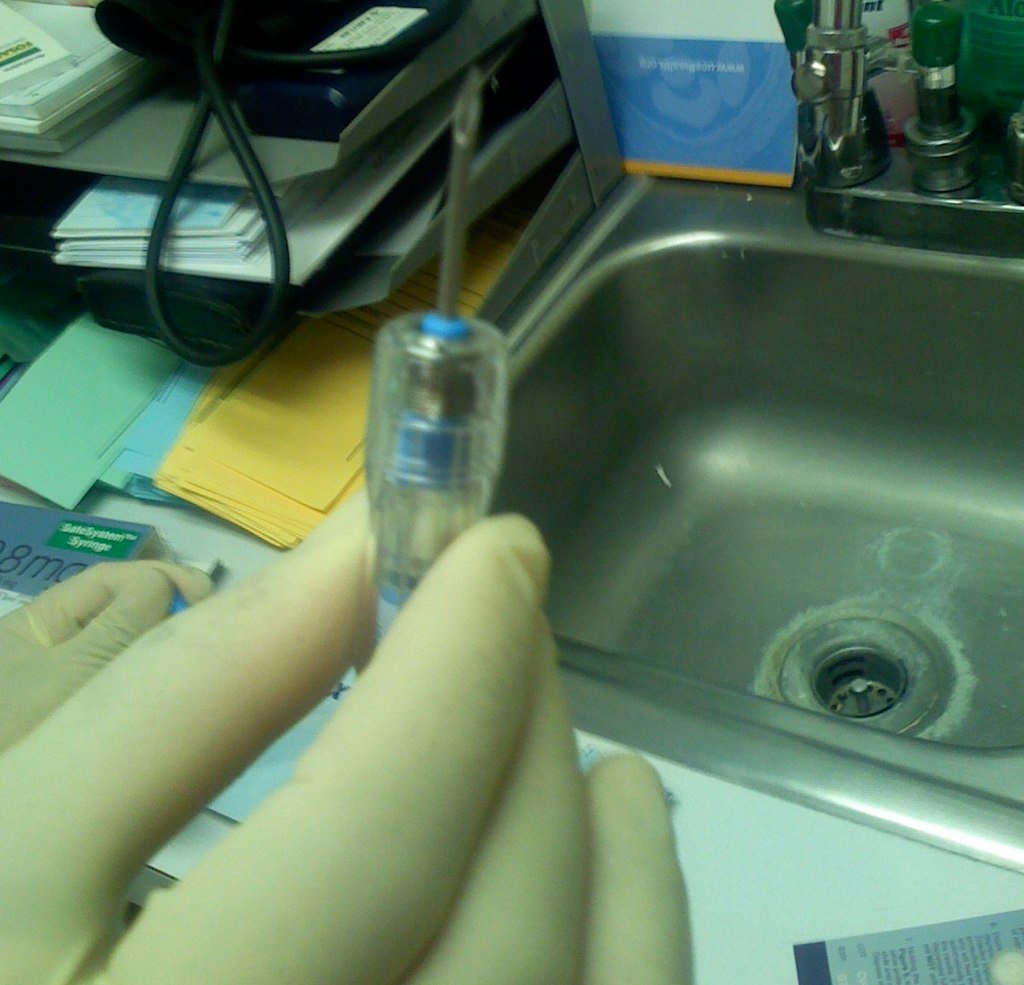
Although PCL is highly biodegradable, that very quality now causes a concern:
- Sutures: Dissolvable stitches run the danger of breaking early and aggravating infections.
- Structural weakening could cause device failure or bacterial bloodstream contamination from stents and catheters.
- Antimicrobial patches might become less effective as bacteria eat their plastic base.
Worse, other plastics (polyurethane, PET) may also be vulnerable. Researchers warn that breast implants, bone scaffolds, and even dental fillings could be at risk .
The Urgent Need for “Unbreakable” Medical Plastics
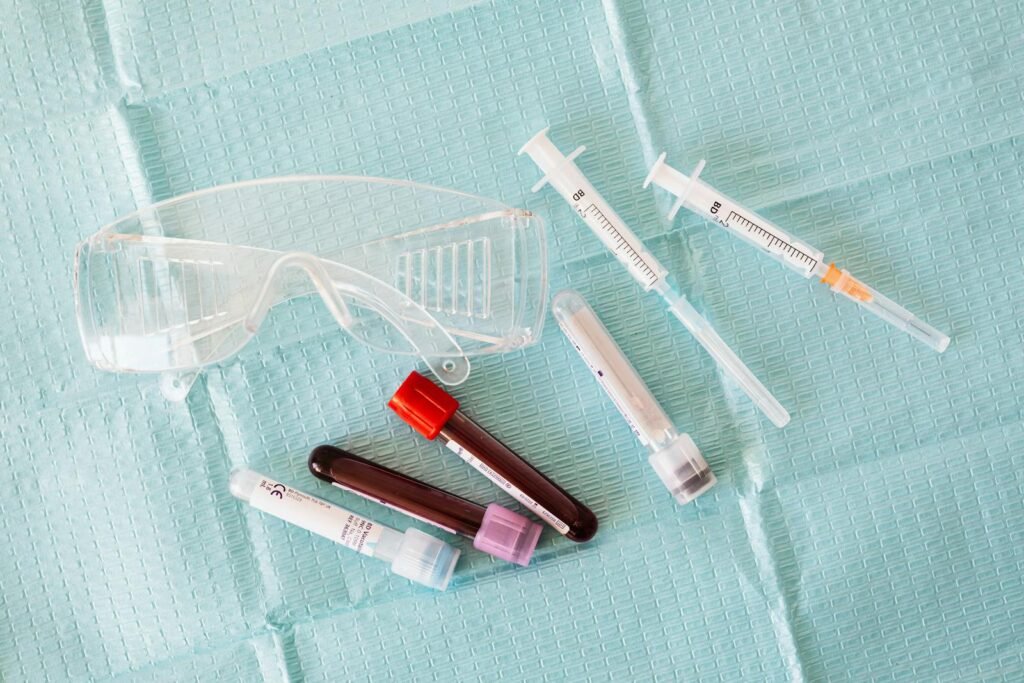
Scientists are scouring the internet for answers:
- Enzyme-Resistant Polymers: Making polymers with structure that is inaccessible to bacteria.
- Antimicrobial Coatings by encapsulating silver or copper nanoparticles to kill bacteria prior to their getting colonized.
- Pathogen Screening: Testing hospital isolates for plastic-degrading genes during outbreaks .
In the meantime, hospitals might require a rethinking of sterilization methods in order to ensure that standard cleaning does not overlook bacteria that are hidden in damaged plastic surfaces.
What This Means for Patients
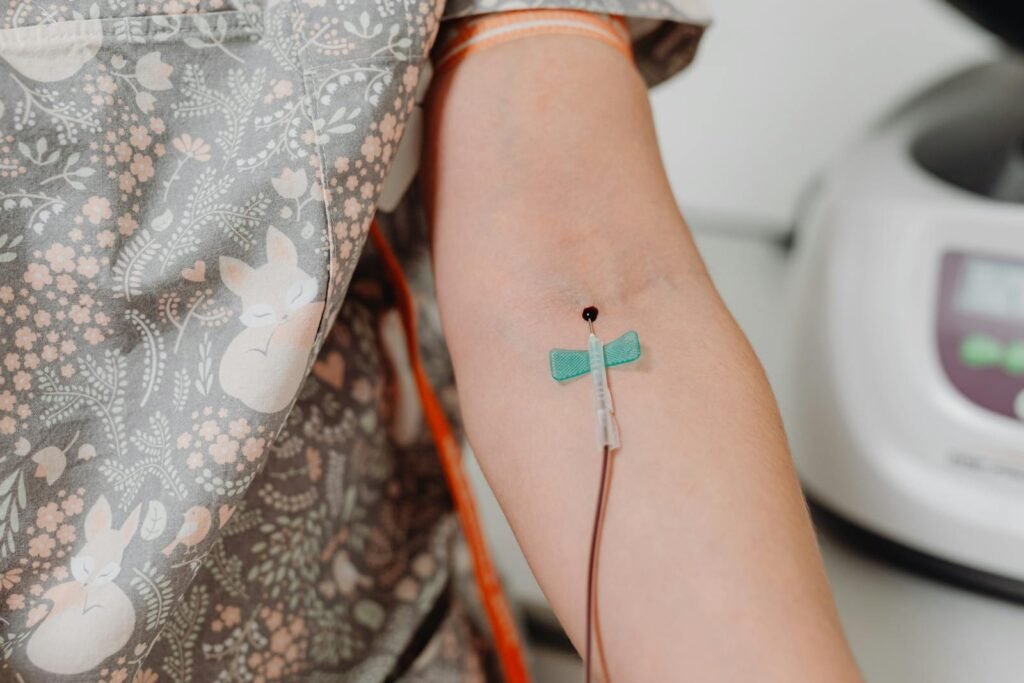
If you or a loved one has an implant or catheter, ask your doctor:
- Made using PCL or another biodegradable plastic, is this gadget?
- The infection risk, how is it tracked?
- Exist substitute materials less prone to bacterial breakdown?
For now, the discovery of plastic-eating bacteria emphasizes a terrifying reality, the very instruments meant to save lives could be hiding invisible dangers.
Final Thought
This study forces a paradigm shift in how we view medical plastics. No longer inert, they may be unwitting accomplices in some of the deadliest hospital infections. As research continues, one thing is clear: The fight against superbugs just got more complicated and the race to outsmart them has never been more urgent.
Sources :

Jan loves Wildlife and Animals and is one of the founders of Animals Around The Globe. He holds an MSc in Finance & Economics and is a passionate PADI Open Water Diver. His favorite animals are Mountain Gorillas, Tigers, and Great White Sharks. He lived in South Africa, Germany, the USA, Ireland, Italy, China, and Australia. Before AATG, Jan worked for Google, Axel Springer, BMW and others.

